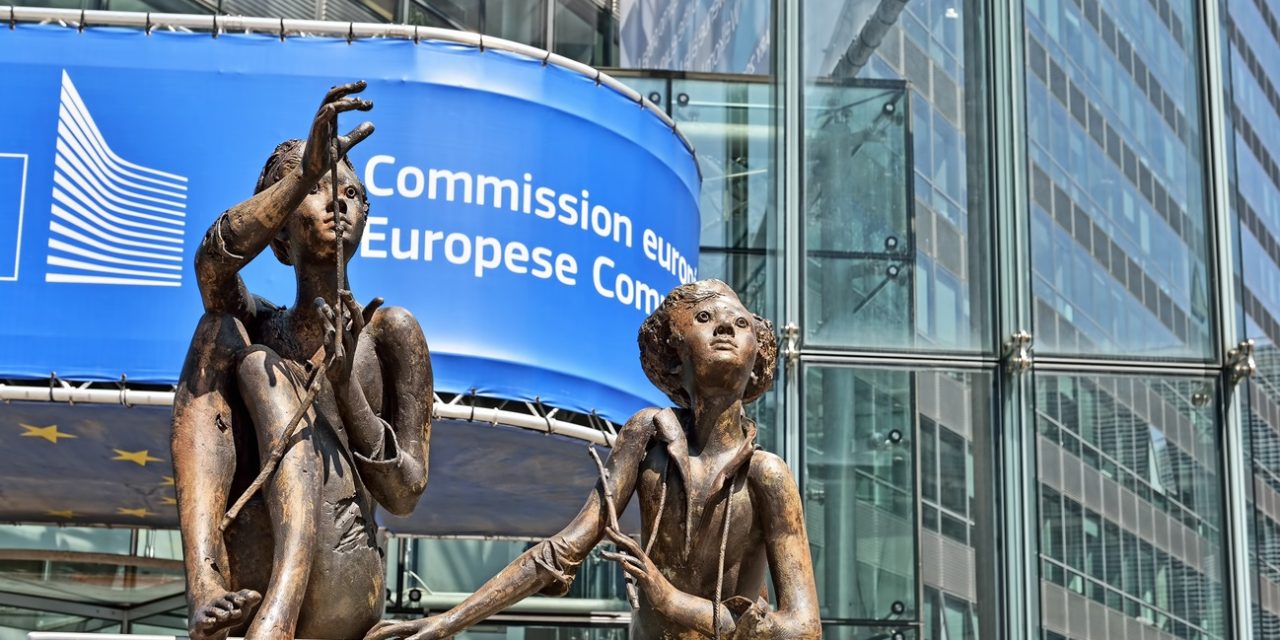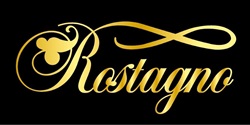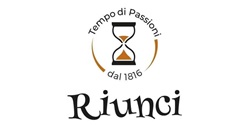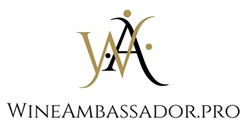Labeling Upheaval: The Wine Industry’s Urgent Adaptation to the EU’s New Regulatory Landscape
BRUXELLES – The European wine industry is facing a significant upheaval with the introduction of new wine labeling rules by the European Commission. The recent publication of guidelines, mere weeks before their scheduled application on December 8th, has sent shockwaves through the sector. This dramatic change, stemming from Regulation (EU) 2021/2117 initially published in December 2021, is causing a stir among winemakers and distributors alike.
A Sudden Shift in Labeling Requirements
The new interpretation of the rules fundamentally alters how wine labels should be designed and presented. This abrupt change has left the industry scrambling, with fears of a labeling crisis looming. Many existing labels might become obsolete, and there is a real threat of fines for bottles already in the market. Given the substantial investments already made, the sector is urgently calling for a reconsideration of these guidelines.
The Industry’s Reaction
The Comité Européen des Entreprises Vins (CEEV), representing industrial and commercial wine companies in the EU, has urgently requested a modification of the guidelines. The new rules require mandatory labeling of ingredients and nutritional information on wines and aromatized wine products from December 8, 2023. Many in the industry had opted to use QR codes linked to this information, but the new guidelines have cast uncertainty over this approach, particularly regarding the language requirements for these labels.
The Concerns and Calls for Urgent Action
Mauricio González Gordon, president of CEEV, emphasized the impracticality of adopting a new interpretation so close to the implementation date. It could lead to the destruction of millions of labels and the impossibility of meeting new regulatory deadlines. Ignacio Sánchez Recarte, General Secretary of CEEV, expressed frustration over the added uncertainty this interpretation brings, leaving wineries unsure of how to proceed.
The Road Ahead
The European wine industry, known for its rich heritage and economic significance, now stands at a crossroads. With the implementation of these new guidelines, wineries and distributors are facing unprecedented challenges. The call for urgent modification of the guidelines reflects the industry’s commitment to transparency and consumer information, but also underscores the need for practical and feasible regulatory frameworks. As the deadline looms, the wine world awaits further developments with bated breath, hoping for a resolution that balances regulatory requirements with the industry’s operational realities.










